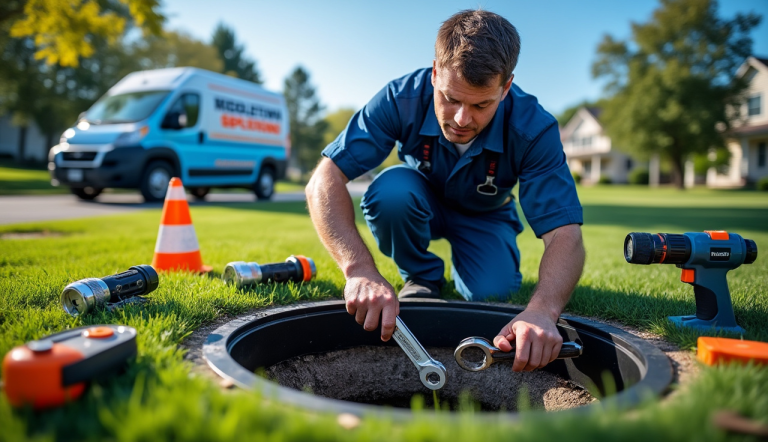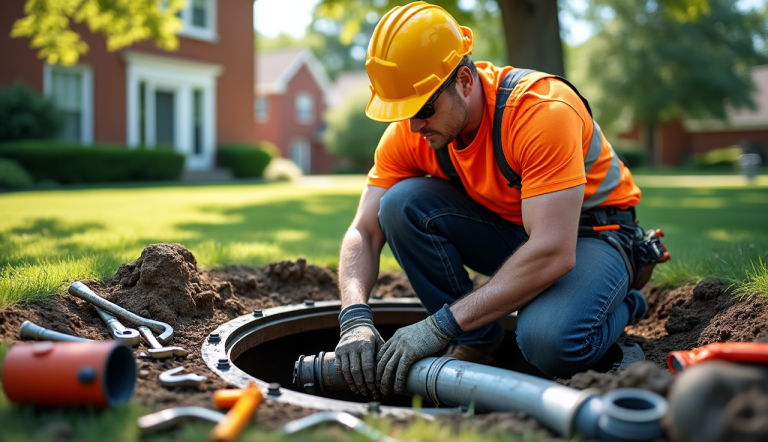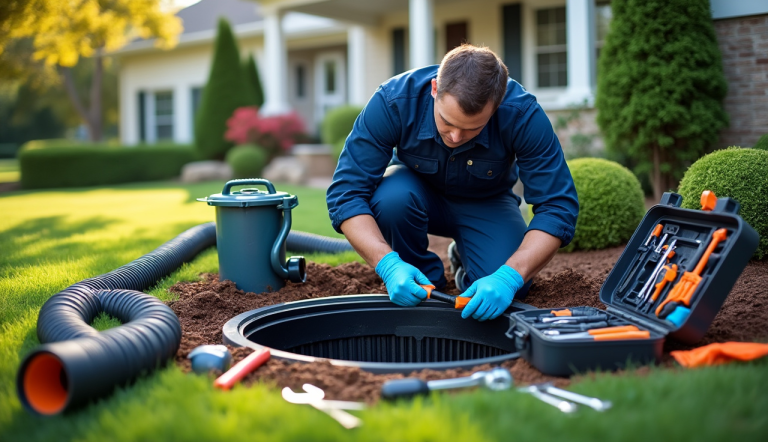Clogged or Broken Pipes in Septic Systems: Critical Warning Signs
Clogged or broken pipes in septic systems can result in unpleasant odors, slow drains, and even expensive repairs. Addressing these issues promptly can save homeowners time and money. This article discusses common causes, signs, and solutions for clogged or broken pipes in septic systems, offering practical advice and insights from industry experts.
Table of Contents
Key Takeaway
- Clogged pipes in septic systems can occur due to solid waste buildup, tree roots, and improper maintenance.
- Broken pipes often result from age, ground movement, or external pressure.
- Regular septic tank pumping and inspections can prevent most clog and breakage issues.
- Signs of problems include slow drains, sewage backups, and foul odors.
- Preventive measures include using enzyme treatments, avoiding chemical cleaners, and monitoring water usage.
Understanding Clogged or Broken Pipes in Septic Systems
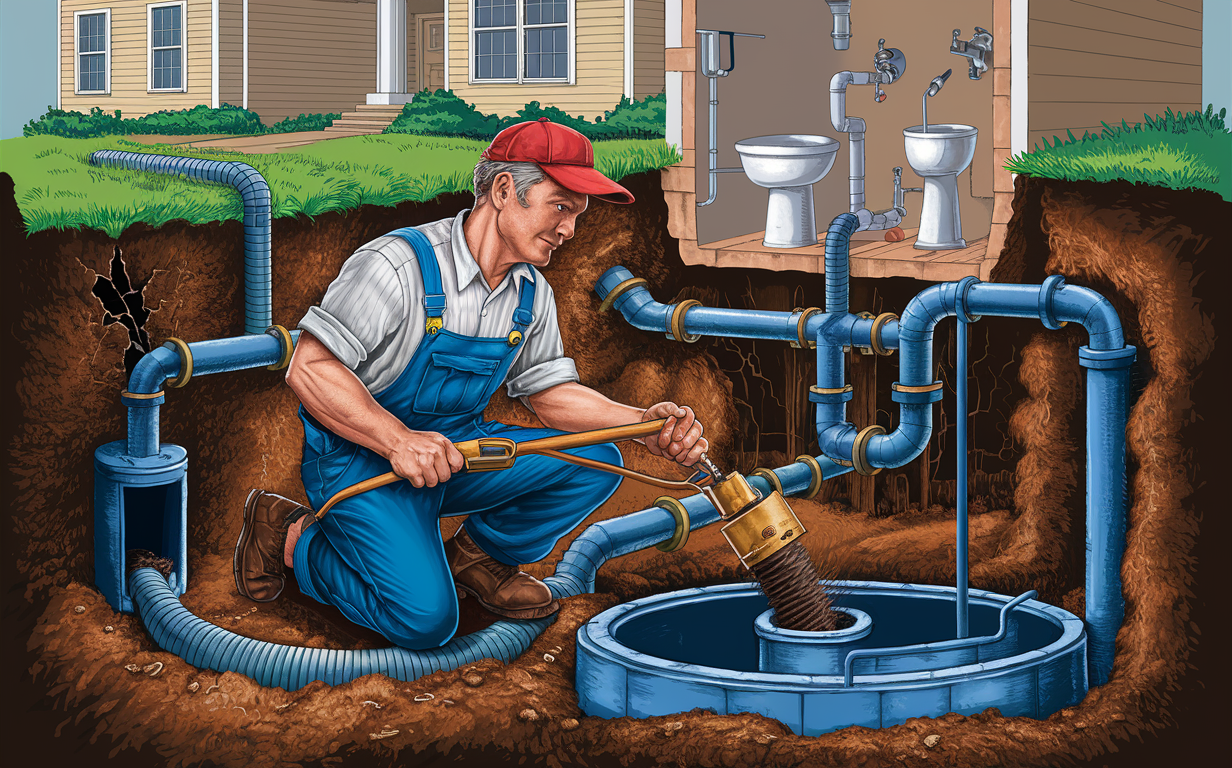
What Causes Pipes to Clog?
Clogging in septic systems is typically due to the accumulation of solid waste, grease, and other non-biodegradable materials. Improper disposal of household waste can exacerbate this problem.
Common Causes:
- Solid Waste: Items like sanitary products, wipes, and excessive toilet paper can block pipes.
- Grease Buildup: Fat, oil, and grease from kitchen drains can solidify in pipes, causing clogs.
- Tree Roots: Roots searching for water can infiltrate and damage pipes.
- Improper Maintenance: Infrequent septic tank pumping leads to sludge overflow and pipe blockages.
How to Identify a Clogged Pipe
Recognizing the signs of a clogged pipe early can prevent further damage. Common indicators include slow drains, gurgling sounds, and sewage backups.
Preventive Measures for Clogged Pipes
Regular maintenance and mindful disposal practices can significantly reduce the risk of clogs.
Prevention Tips:
- Regular Pumping: Scheduling septic tank pumping every 3-5 years.
- Proper Disposal: Avoid flushing non-degradable items.
- Grease Management: Use grease traps and dispose of grease properly.
- Enzyme Treatments: Regular use of septic-safe enzyme treatments to break down waste.
Addressing Clogged or Broken Pipes in Septic Systems
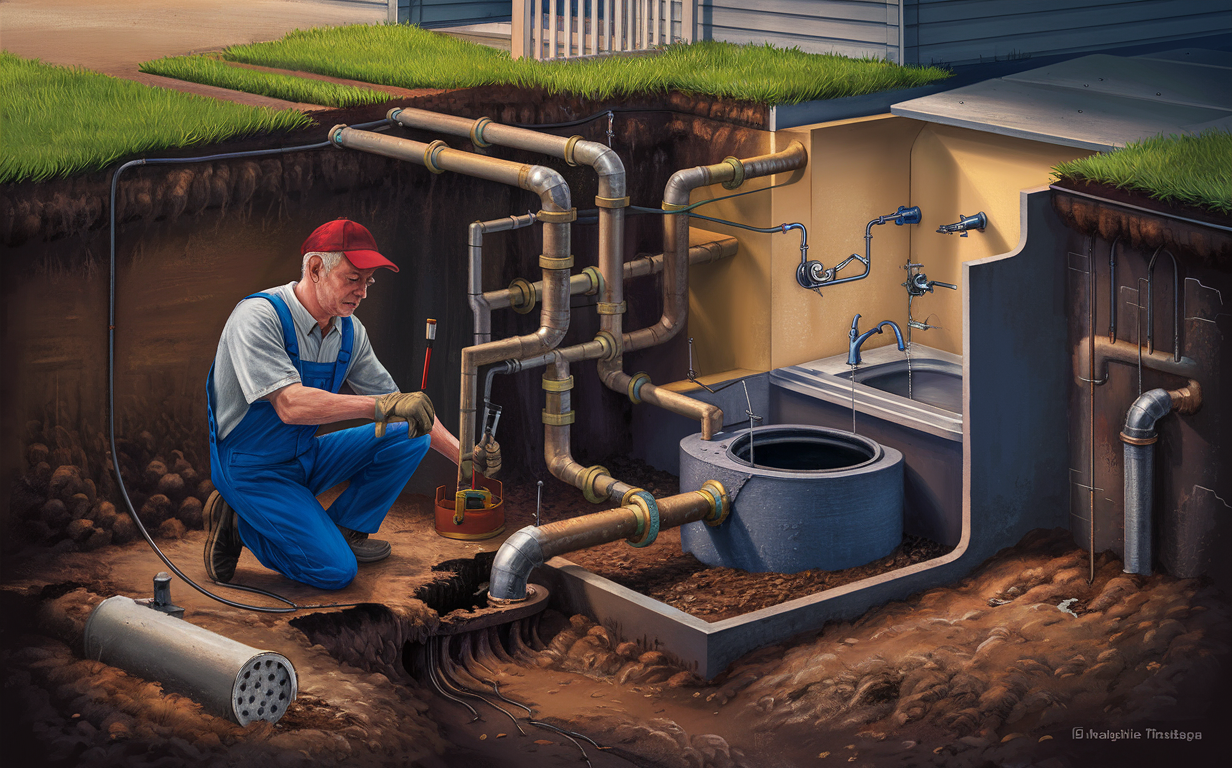
How Do Pipes Break?
Pipes in septic systems can break due to various reasons, including natural wear and tear, ground movement, and external pressure from heavy vehicles or construction activities.
Common Causes:
- Aging Infrastructure: Older pipes are more susceptible to breaks.
- Ground Movement: Soil-shifting can cause pipes to crack or break.
- External Pressure: Heavy loads from vehicles or construction.
- Improper Installation: Faulty installation techniques can lead to premature pipe failure.
Signs of Clogged or Broken Pipes in Septic Systems
Identifying a broken pipe involves looking for specific signs such as unusual wet spots in the yard, consistently low water pressure, and sudden septic system failures.
Signs to Watch For:
- Wet Spots: Unexplained wet areas in your yard.
- Low Water Pressure: A significant drop in water pressure.
- Septic System Failure: Frequent backups and overflows.
Repair and Solutions for Clogged or Broken Pipes in Septic Systems
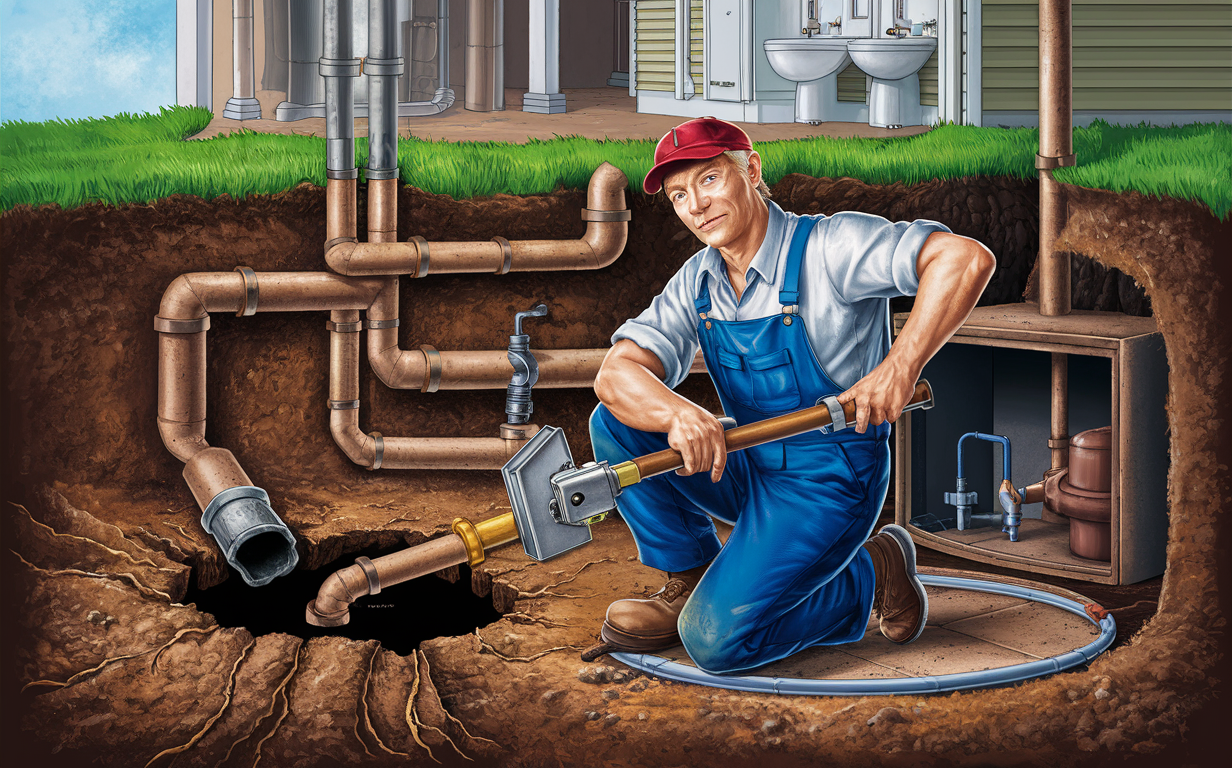
DIY Solutions for Clogged Pipes
For minor clogs, homeowners can try several DIY methods such as hot water flushing, using a plunger, or applying a septic-safe drain cleaner.
Professional Repair for Severe Clogs and Breaks
Severe issues often require professional intervention, including hydrojetting, pipe replacement, or trenchless repair techniques.
Professional Services:
- Hydro Jetting: High-pressure water streams to clear clogs.
- Pipe Replacement: Replacing damaged sections of the pipe.
- Trenchless Repair: Minimally invasive techniques to fix breaks without extensive digging.
Cost of Repairs
Repair costs can vary widely depending on the severity of the issue and the repair method used.
| Repair Type | Average Cost | Factors Affecting Cost |
|---|---|---|
| Hydro Jetting | $350 – $600 | Length of pipe, severity of clog |
| Pipe Replacement | $1,000 – $4,000 | Pipe material, length of pipe, labor rates |
| Trenchless Repair | $80 – $250 per foot | Accessibility, pipe depth, geographic location |
Preventing Future Problems in Clogged or Broken Pipes in Septic Systems
Regular Inspections
Regular inspections can identify potential issues before they become major problems. Homeowners should schedule professional inspections every 3-5 years.
Using Septic-Safe Products
Switching to septic-safe household products can prevent chemical damage and buildup in your septic system.
Monitoring Water Usage
Excessive water use can overwhelm the septic system. Homeowners should be mindful of their water usage and fix any leaks promptly.
Implementing Landscaping Best Practices
Avoid planting trees or shrubs near the septic system. Roots can invade and damage pipes. Using barrier methods can deter root growth near the septic field.
Benefits of Clogged or Broken Pipes in Septic Systems Professional Maintenance
Expertise and Experience
Professional services bring expertise and experience that DIY methods cannot match. Professionals can diagnose complex issues and provide long-term solutions.
Advanced Equipment
Professionals have access to advanced equipment such as high-resolution cameras for inspections and specialized tools for repairs.
Cost-Effectiveness
While professional services involve upfront costs, they can save homeowners money in the long run by preventing extensive damage and prolonging the lifespan of the septic system.
Common Misconceptions
Chemical Cleaners Are Effective
Many believe that chemical drain cleaners are effective for septic systems. However, they can kill beneficial bacteria and cause long-term damage.
Septic Systems Don’t Need Maintenance
Some homeowners think septic systems are maintenance-free. Regular upkeep is crucial to prevent clogs and breaks.
DIY Methods Are Always Cheaper
DIY repairs may seem cost-effective initially but can lead to more severe damage if not done correctly.
Conclusion
Addressing clogged or broken pipes in septic systems promptly can prevent costly repairs and health hazards. Regular maintenance, proper disposal habits, and professional inspections are key to maintaining a healthy septic system.
By understanding the causes, signs, and solutions for these issues, homeowners can keep their septic systems running smoothly for years to come.
Frequently Asked Questions
How often should I pump my septic tank?
Septic tanks should be pumped every 3-5 years, depending on usage and the size of the household.
What should I do if I suspect a broken pipe?
Contact a professional immediately to assess and repair the damage. Delaying repairs can lead to more extensive damage and higher costs.
Can tree roots damage my septic system?
Yes, tree roots can infiltrate and damage pipes, leading to clogs and breaks. It’s best to keep trees and shrubs away from the septic system.
Is hydrojetting safe for septic systems?
Hydrojetting is generally safe and effective for clearing clogs in septic systems. However, it should be performed by professionals to avoid damage.
Are there any signs that my septic system needs an inspection?
Signs such as slow drains, foul odors, wet areas in the yard, and frequent backups indicate that it’s time for an inspection.
Key Takeaway
- Clogged pipes in septic systems can occur due to solid waste buildup, tree roots, and improper maintenance.
- Broken pipes often result from age, ground movement, or external pressure.
- Regular septic tank pumping and inspections can prevent most clog and breakage issues.
- Signs of problems include slow drains, sewage backups, and foul odors.
- Preventive measures include using enzyme treatments, avoiding chemical cleaners, and monitoring water usage.
By addressing these issues promptly and maintaining your system properly, you can ensure a long-lasting and efficient septic system. Feel free to visit our website or contact us for assistance.

